James Lang, now a resident of Snowflake, Arizona, purchased a plot of land in the Grand Canyon state hoping to enjoy a quiet retirement after living and working in Chicago.
He purchased the plot sight unseen, so maybe was expecting one or two little surprises. Well, he got a big surprise when he unearthed hundreds of ancient fossilized footsteps.
Tracks That Pre-Date the Dinosaurs
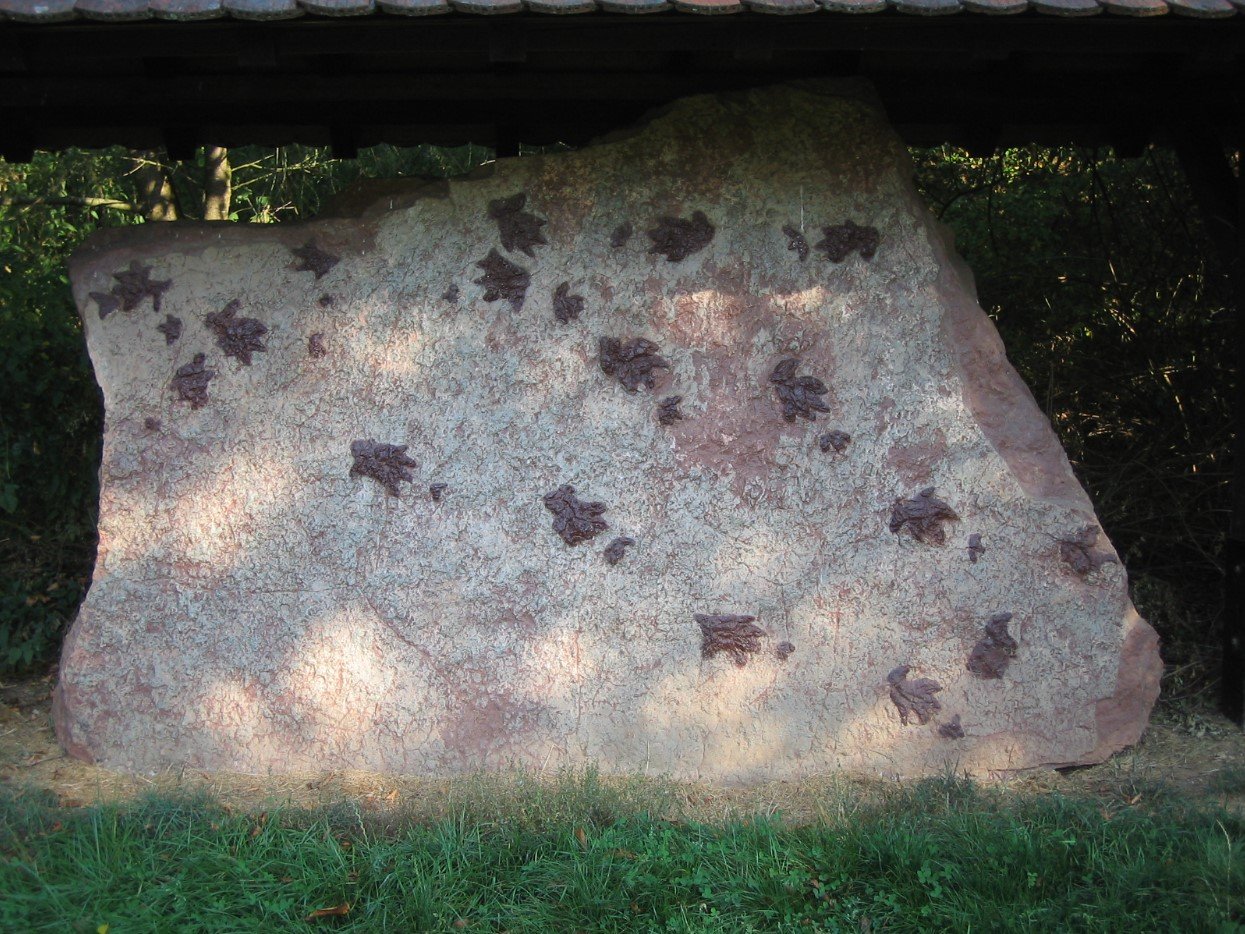
Lang has spent over five years uncovering slabs of rock on his Arizona property that contain preserved footprints of an ancient species.
The fossilized footprints are believed to date back over 240 million years. This would mean these ancient prints, and the extinct species who made them, are so old they pre-date the dinosaurs.
Chirotherium Prints

The footprints are those of chirotheres. Chirotherium is a genus of archosaur, or giant lizard. These pre-dinosaurs are from the Triassic period, around 240 million years ago.
The creatures responsible for these footprints were likely related to the ancestor species of modern crocodiles. They probably would’ve been large carnivores with partially upright gaits.
How the Lizard Got Its Name
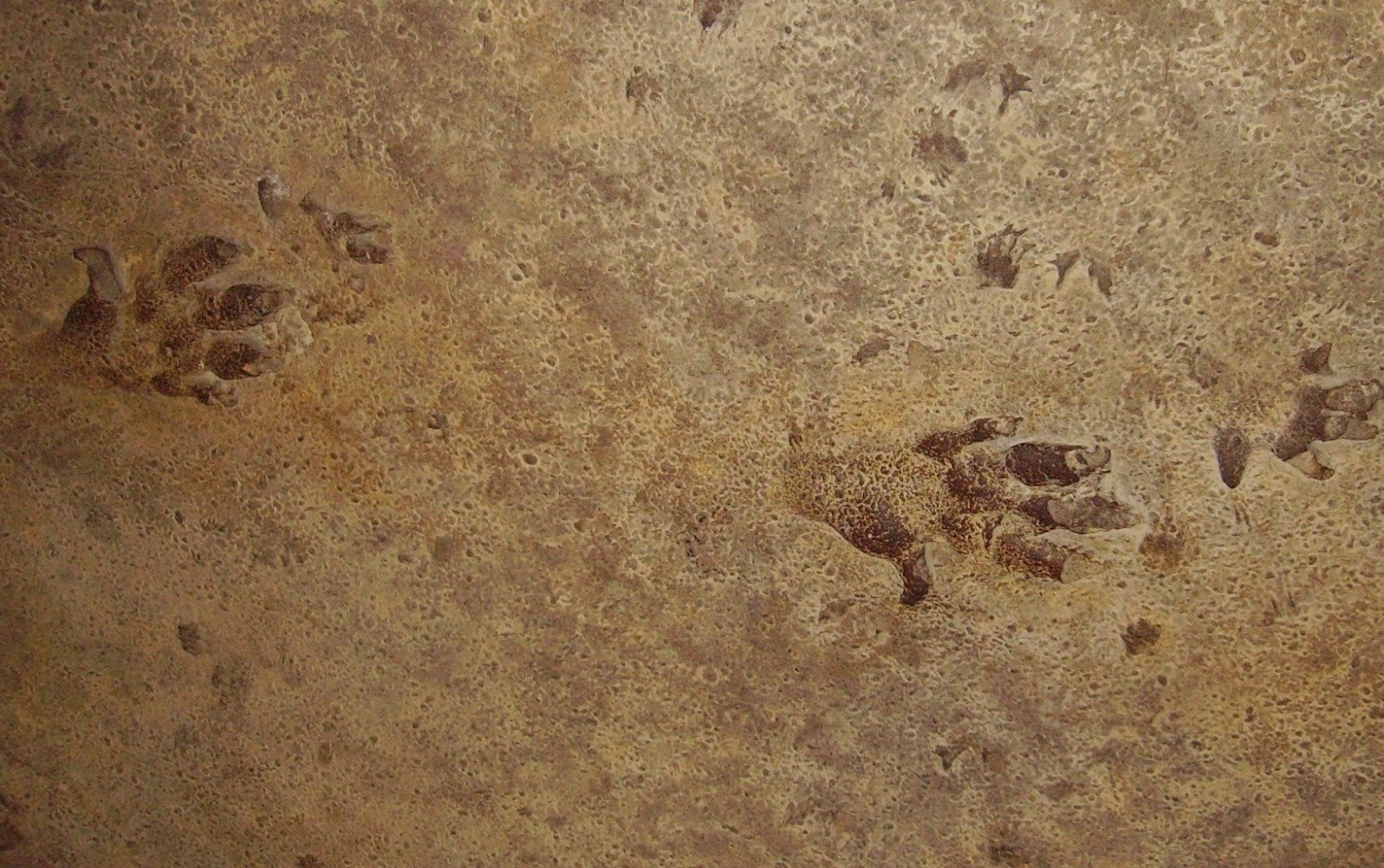
If you look at the fossilized Chirotherium footprints, they’re quite distinctive-looking. The footprints are pentadactyl (five-fingered) and look remarkably similar to the handprints of apes and bears, with the outermost digit extended like a thumb.
This is how Chirotherium came to get its name — “chiro” means hand and “therium” means beast or monster. So the name describes the tracks of a “hand beast.”
Bringing in Outside Help
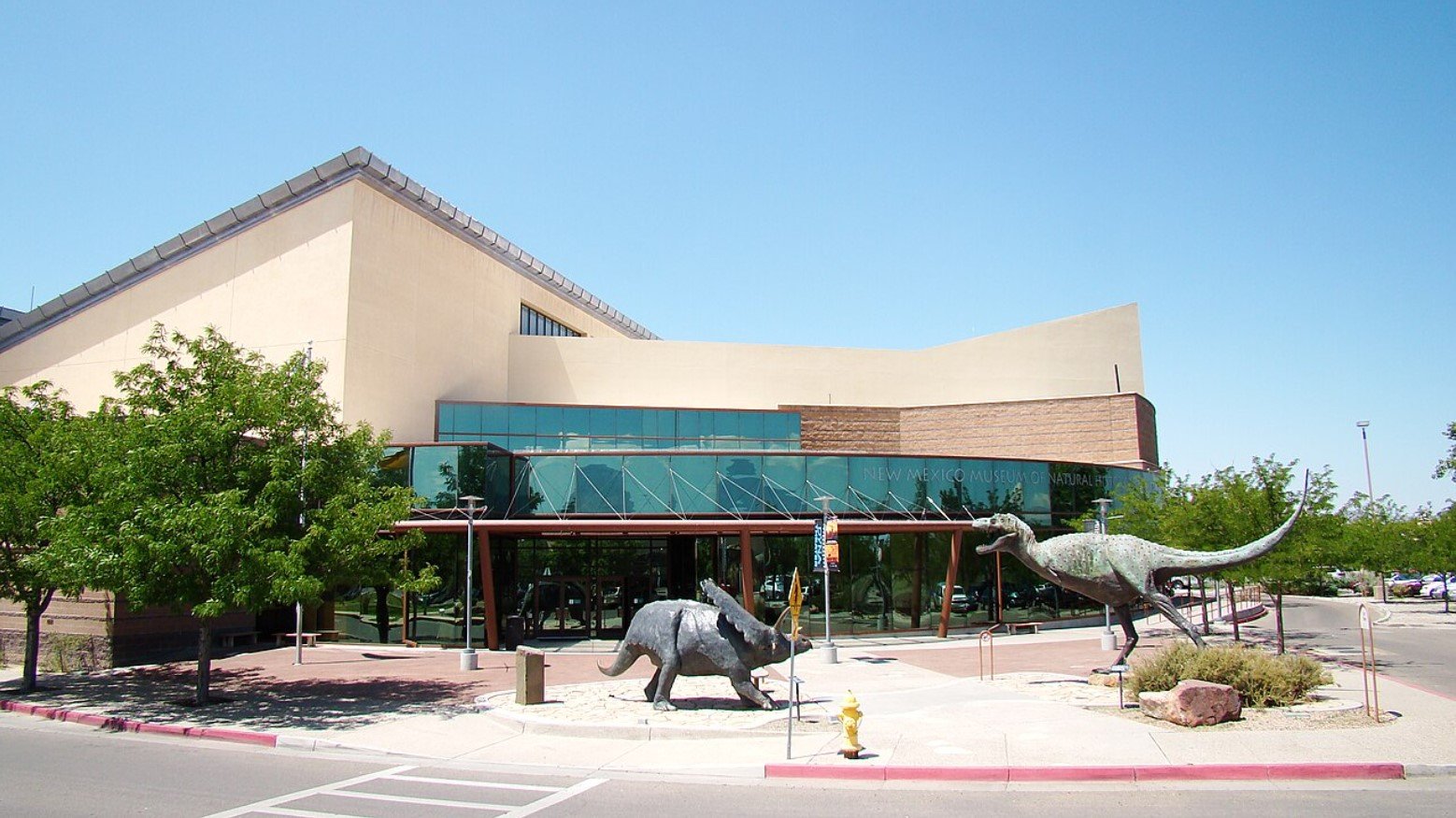
When he first started discovering the preserved prints on his land, Lang may not have fully realized the importance of his discovery, but he knew he had found something significant. Something for the experts to look at.
Realizing these prints were something special, he called in paleontologists from the New Mexico Museum of Natural History and Science.
One of the Greatest Finds of Its Kind
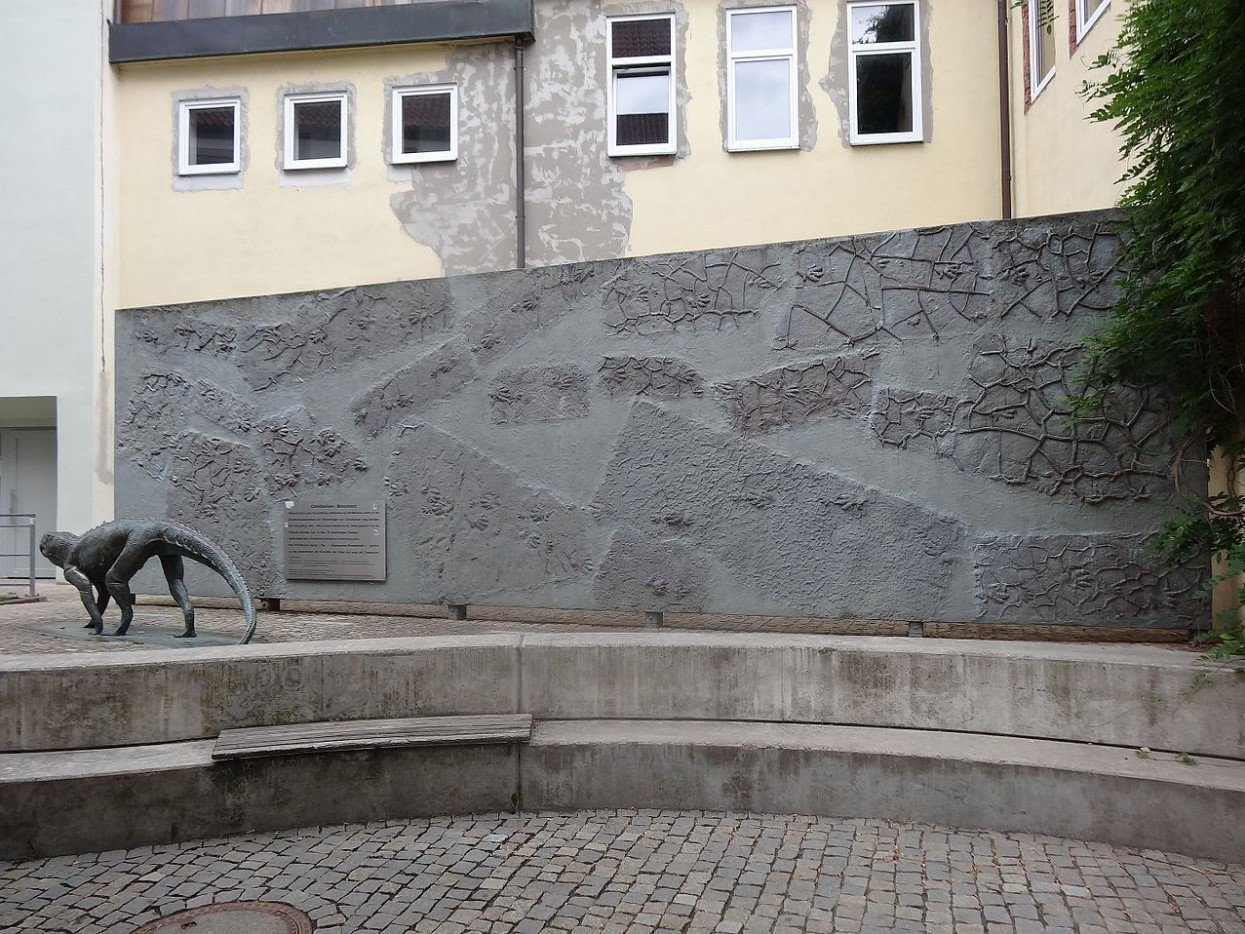
One such expert is Spencer Lucas, who has coordinated the project to recover and study the footprints.
He describes the significance of the find: “It is the most extensive and well-preserved footprint locality of its age in North America, which makes it one of the best in the world.” He continues: “The only sites that I think are a little bit better are a couple that are in Germany.”
Formal Research

Lucas serves to coordinate things between Lang and the New Mexico Museum of Natural History and Science. Lang has sent the specimens he has uncovered so far to the museum and hopes to keep finding more that will make their way there too.
Lucas has also formally published research on Lang’s find and the significance of this track site in the southwestern United States.
Other Arizona Finds
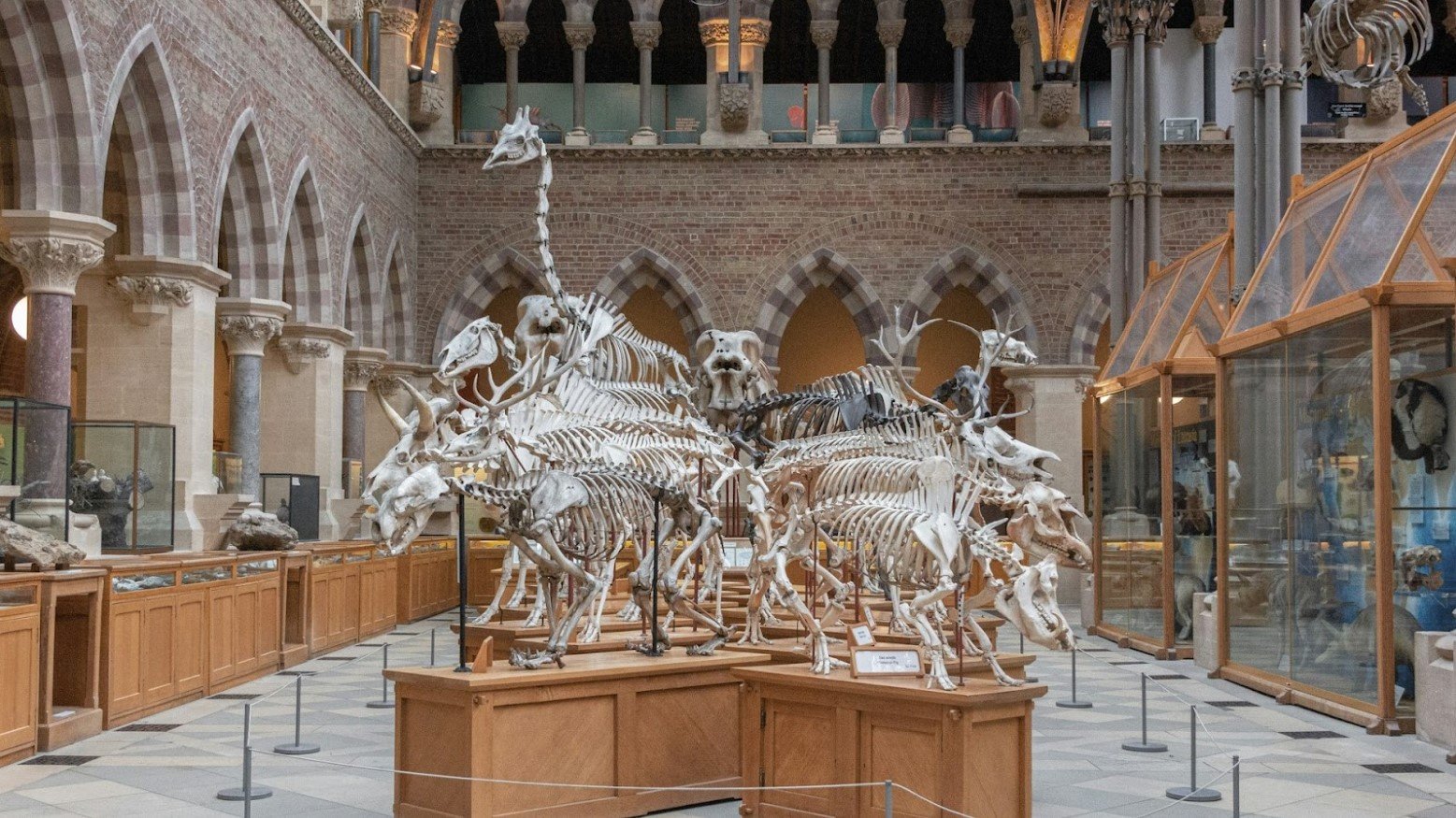
Lang’s fossilized footprints aren’t the only significant discoveries to be unearthed in the sate of Arizona. Relics of dinosaurs and other prehistoric species have been found all over the state.
In fact, Arizona has the 12th most dinosaur fossils among states where dinosaur remains have been discovered. Fossils reveal that at least 15 dinosaur species once lived in what is now Arizona, including the Tyrannosaurus rex.
Other Famous Footprint Trails
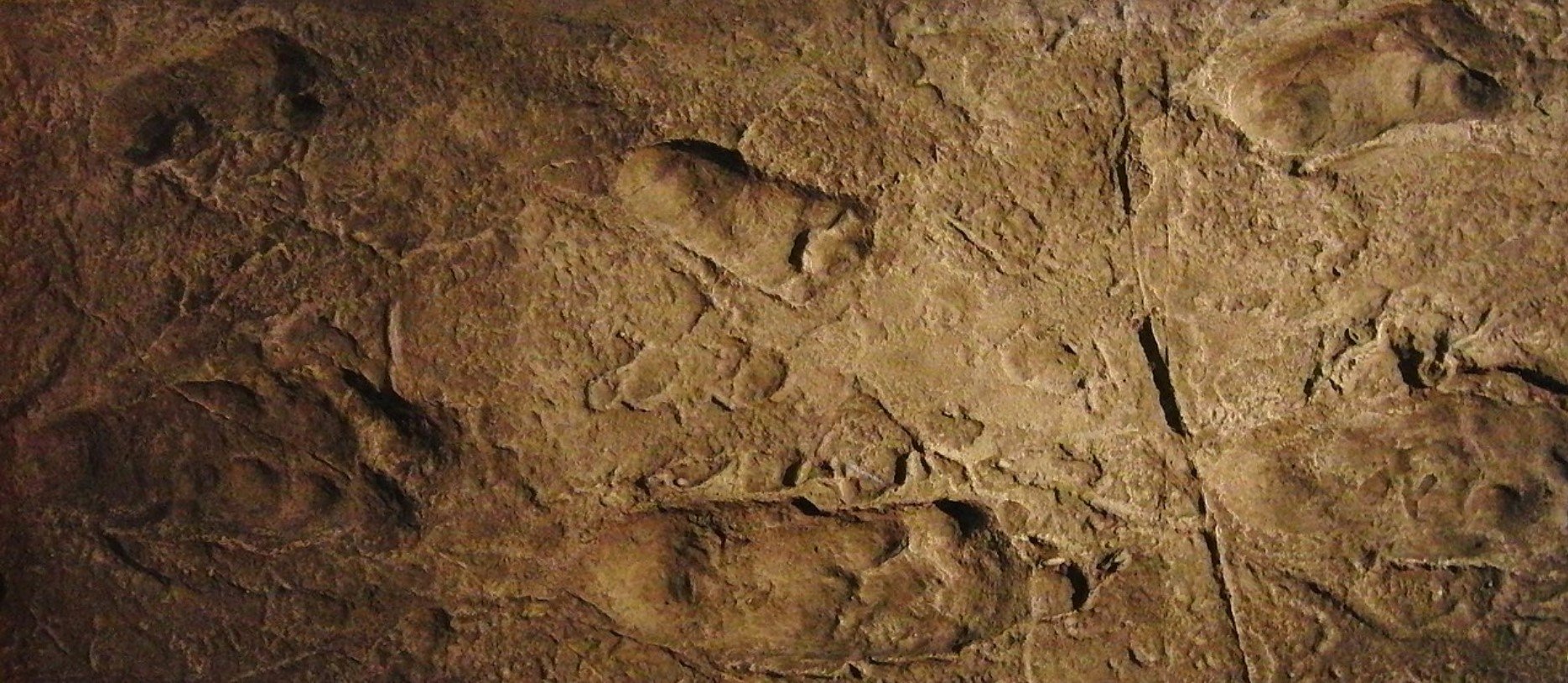
Fossilized footprint trails are important archaeological discoveries that can tell us a lot about ancient species, including providing insights into our own species’ evolutionary history.
Take the famed Laetoli footprint trails, for example. Fossilized footprints of human ancestors from around 3.7 million years ago revealed that our earliest forbearers walked upright, rather than dragging their knuckles as some had previously believed.
The Illeret Trail
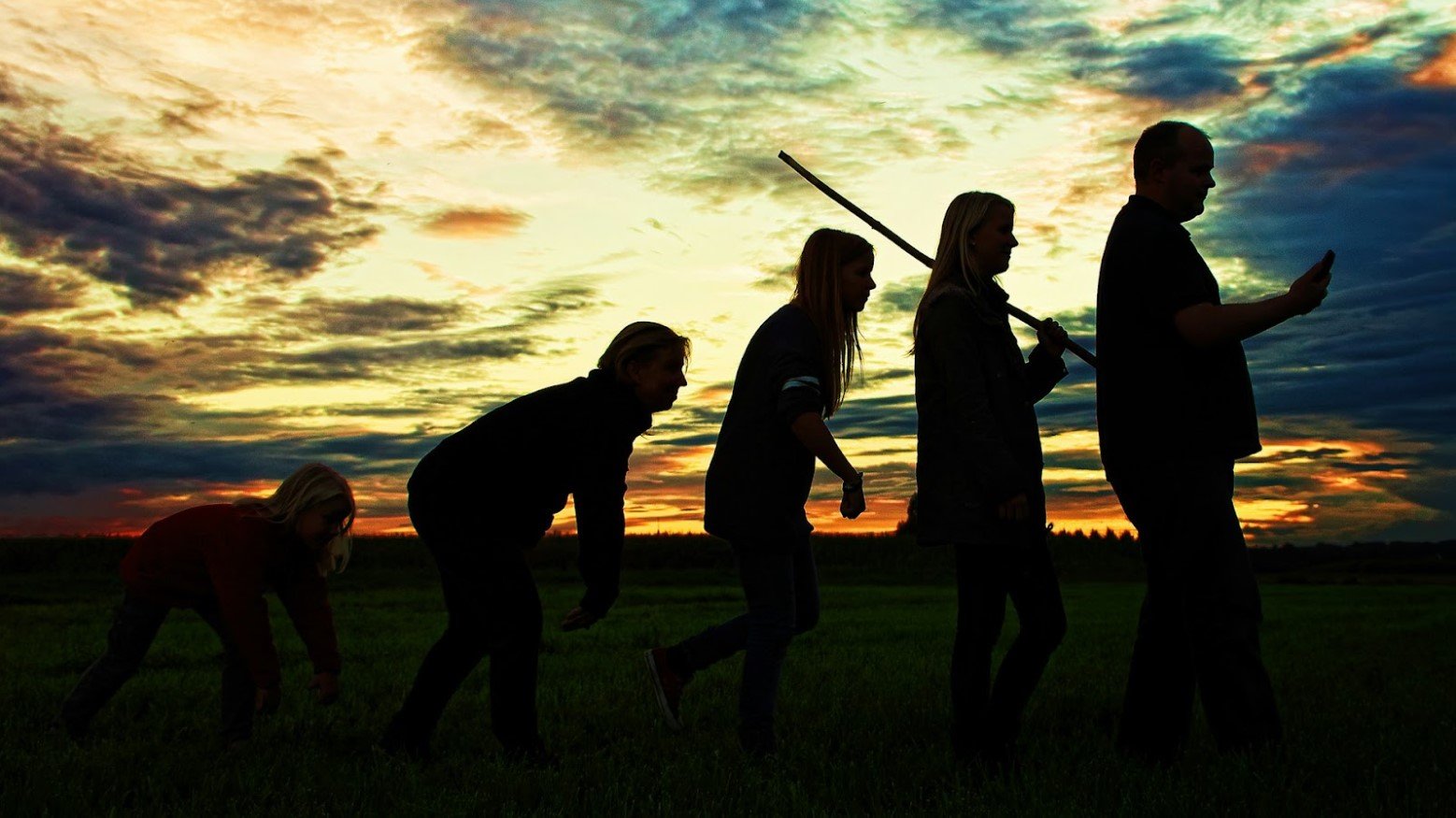
Similar insight into our more recent evolutionary history was gained by studying the Ileret footprint tracks from around 1.5 million years ago.
These tracks revealed that our ancestor Homo erectus, the species modern humans evolved from, had very similar walking to modern humans biomechanically. They also revealed that they moved in groups, displaying the same social tendencies our species would evidently inherit.
Lang’s Hopes for the Find

The impact of Lang’s find isn’t limited to simply the scientific community and the experts at New Mexico Museum of Natural History and Science.
Lang says: “I’ve got a friend I grew up with since first grade whose grandson out in California has been following along. I’ve been sending them pictures. I sent him some tracks. He’s just online away. I thought, wow, if he’s going to be the next paleontologist, I thought that’s pretty cool.”
Ancient History in Arizona
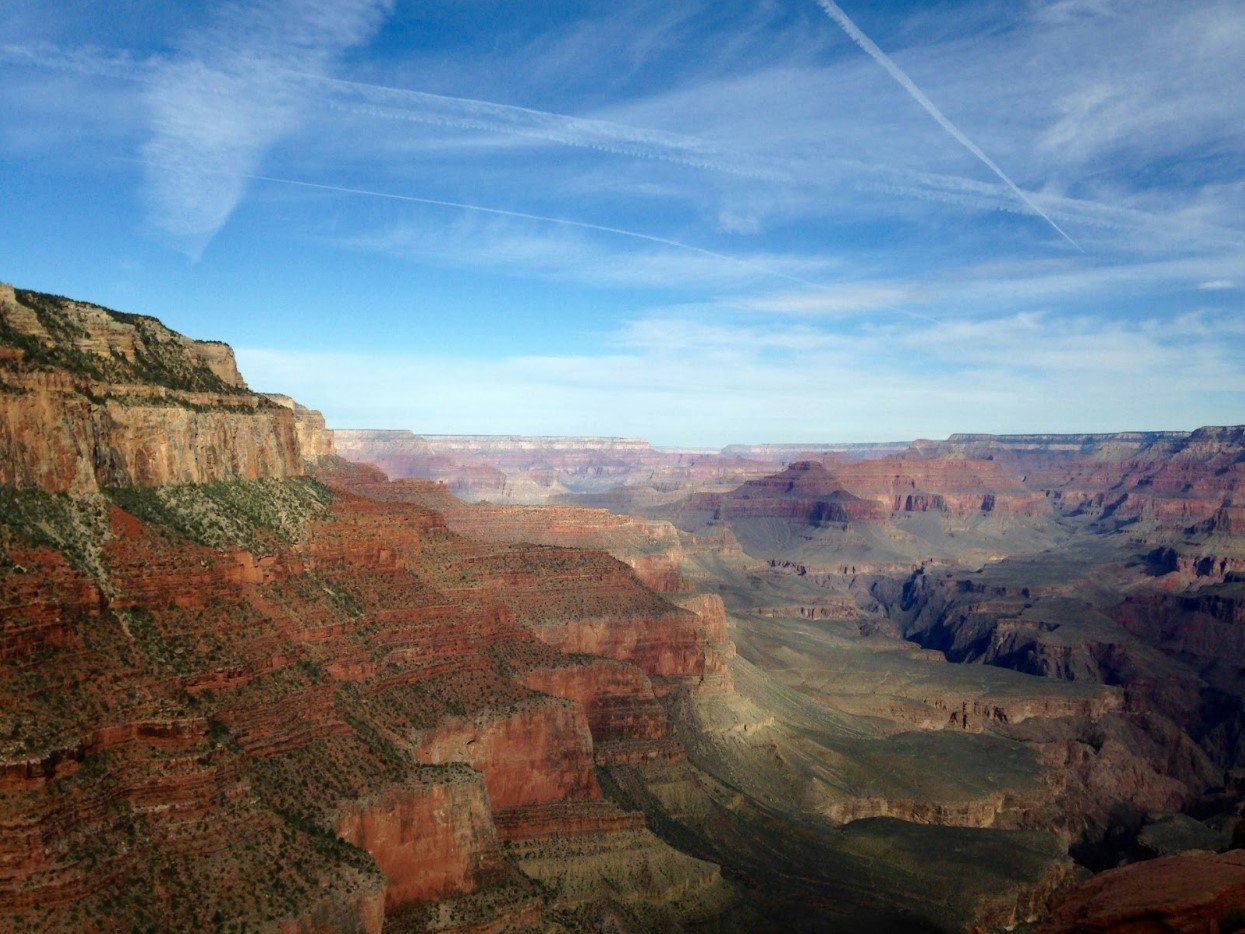
The discovery of pieces of the past are always fascinating, especially when they’re made by regular people in unexpected circumstances.
This find in particular is remarkable, given its significance, size and the quality of how well-preserved the fossils are. Hopefully, this amazing Arizona fossil find does inspire a generation of paleontologists, as Lang hopes it will.
